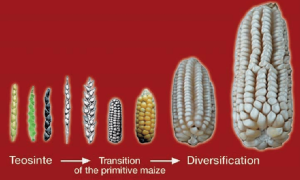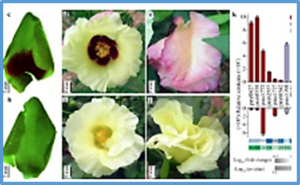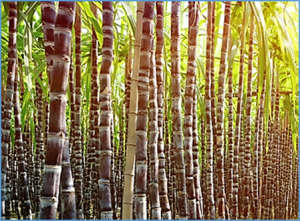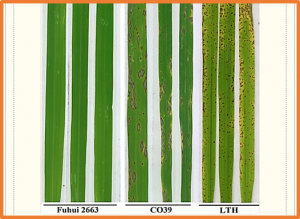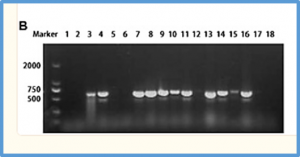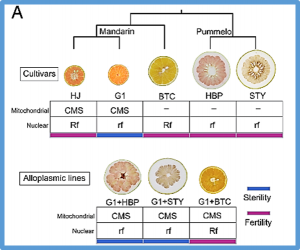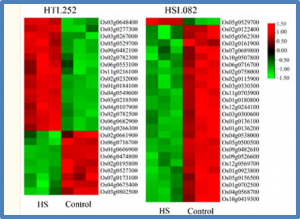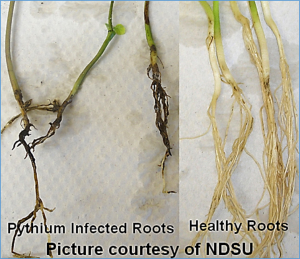Maize is a major cereal crop with a narrow germplasm that has limited its production and breeding progress. Teosinte, an ancestor of maize, provides valuable genetic resources for maize breeding. To identify the favorable alien alleles in teosinte and its yield potential for maize breeding, 4 backcrossed maize-teosinte recombinant inbred line (RIL) populations were cultivated under five conditions. A North Carolina mating design II experiment was conducted on inbred lines with B73 and Mo17 pedigree backgrounds to analyze their combining ability.
Semi-dwarfing improves the lodging resistance and yield of rice, and the vast majority of modern rice varieties harbor the sd1 allele to decrease plant height, resulting in reduced genetic diversity and negative agronomic traits. Thus, exploring alternative sources of dwarfism is imperative for rice breeding. Here, we identified a novel RGA1 allele, d1-w, from a local indica variety Xiaolixiang (XLX) using a map-based cloning approach. Compared with other rice varieties, RGA1 in XLX contained a unique single nucleotide polymorphism that resulted in an additional transcript and reduced functional RGA1 transcript level.
Rice genes OsDjA2 and OsERF104, encoding a chaperone protein and an APETELA2/ ethylene-responsive factor, respectively, are strongly induced in a compatible interaction with blast fungus, and also have function in plant susceptibility validated through gene silencing. Here, we reported the CRISPR/Cas9 knockout of OsDjA2 and OsERF104 genes resulting in considerable improvement of blast resistance.
Colored petal spots are correlated with insect pollination efficiency in Gossypium species. However, molecular mechanisms concerning the formation of red spots on Gossypium arboreum flowers remain elusive. In the current study, the Shixiya1-R (SxyR, with red spots) × Shixiya1-W (SxyW, without red spots) segregating population was utilized to determine that the red-spot-petal phenotype was levered by a single dominant locus.
Sugarcane is one of the most crucial sugar crops globally that supplies the main raw material for sugar and ethanol production, but drought stress causes a severe decline in sugarcane yield worldwide. Enhancing sugarcane drought resistance and reducing yield and quality losses is an ongoing challenge in sugarcane genetic improvement. Here, we introduced a Tripidium arundinaceum dehydration-responsive element-binding transcription factor (TaDREB2B)
Rice blast is a detrimental rice disease caused by the fungus Magnaporthe oryzae. Here, we identified a resistance gene from the rice cultivar Fuhui 2663 which is resistant to the rice blast isolate KJ201. Through isolated population analyses and sequencing approaches, the candidate gene was traced to chromosome 12. With the use of a map-based cloning strategy, the resistance gene was ultimately mapped to an 80-kb resistance locus region containing the Pita gene. Candidate gene prediction and cDNA sequencing indicated that the target resistance gene in Fuhui 2663 was allelic to Pita, thus being referred to as Pita-Fuhui2663 hereafter.
The exploitation of plant disease resistance (R) genes in breeding programs is an effective strategy for coping with pathogens. An understanding of R gene variation is the basis for this strategy. Rice blast disease, caused by the Magnaporthe oryzae fungus, is a destructive disease of rice. The rice blast resistance gene Pi-d2 represents a new class of plant R gene because of its novel extracellular domain.
Although interactions between the cytoplasmic and nuclear genomes occurred during diversification of many plants, the evolutionary conflicts due to cytonuclear interactions are poorly understood in crop breeding. Here, we constructed a pan-mitogenome and identified chimeric open reading frames (ORFs) generated by extensive structural variations (SVs). Meanwhile, short reads from 184 accessions of citrus species were combined to construct three variation maps for the nuclear, mitochondrial, and chloroplast genomes.
To elucidate the mechanism underlying the response of rice to heat stress (HS), the transcriptome profile of panicles was comparatively analyzed between the heat-tolerant line 252 (HTL252) and heat-susceptible line 082 (HSL082), two rice recombinant inbred lines (RILs). Our differentially expressed gene (DEG) analysis revealed that the DEGs are mainly associated with protein binding, catalysis, stress response, and cellular process.
Pythium root rot is an important seedling disease of soybean [Glycine max (L.) Merr.], a crop grown worldwide for protein and oil content. Pythium irregulare and P. sylvaticum are two of the most prevalent and aggressive Pythium species in soybean producing regions in the North Central U.S. Few studies have been conducted to identify soybean resistance for management against these two pathogens.


 Curently online :
Curently online :
 Total visitors :
Total visitors :
